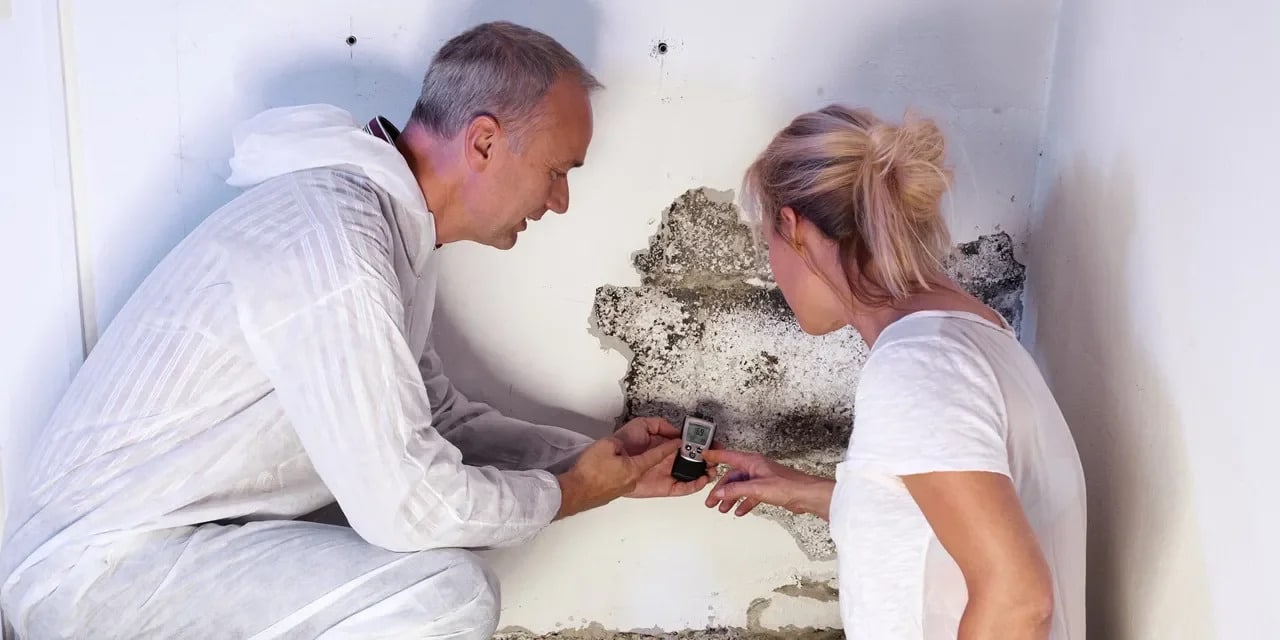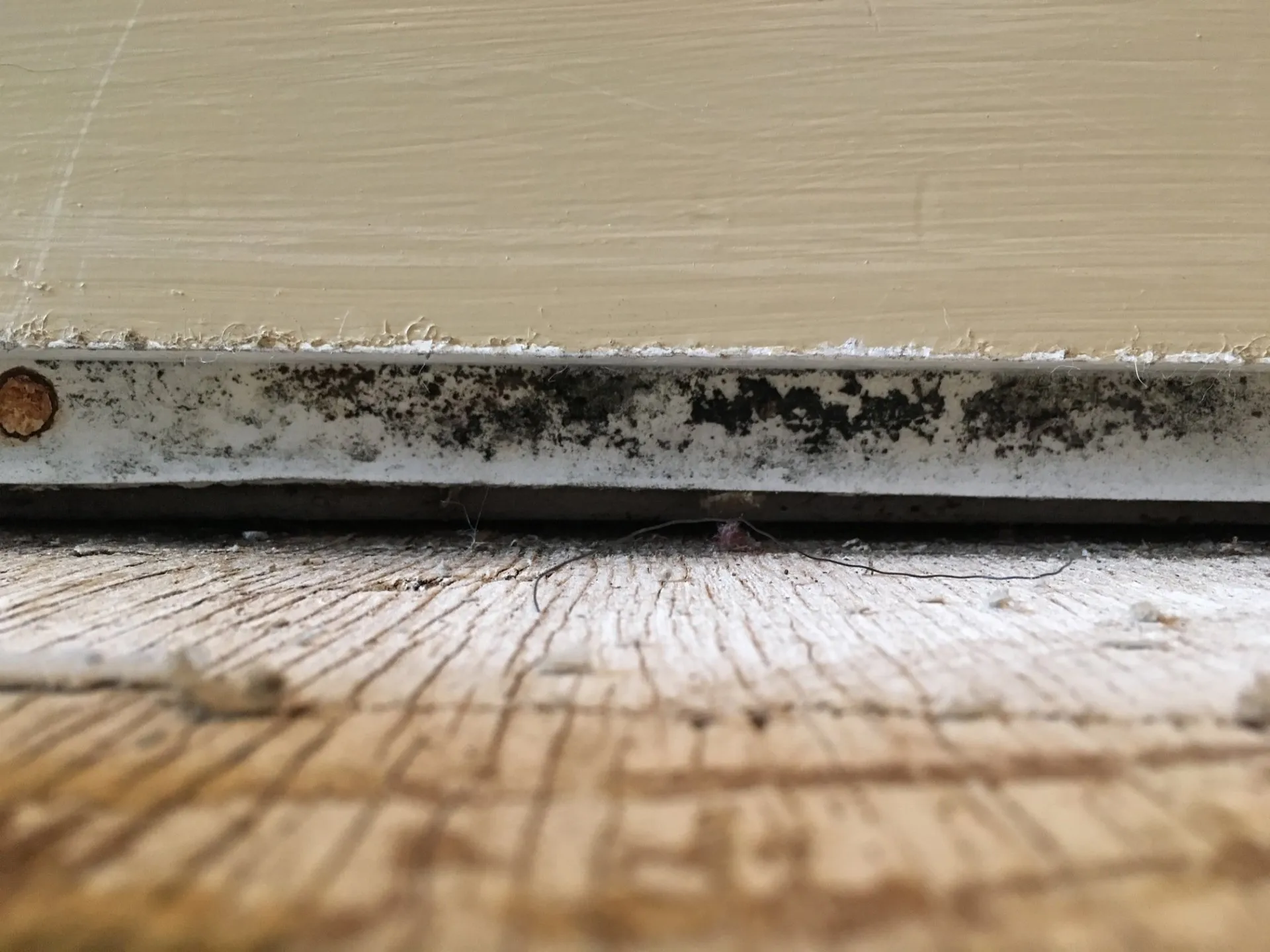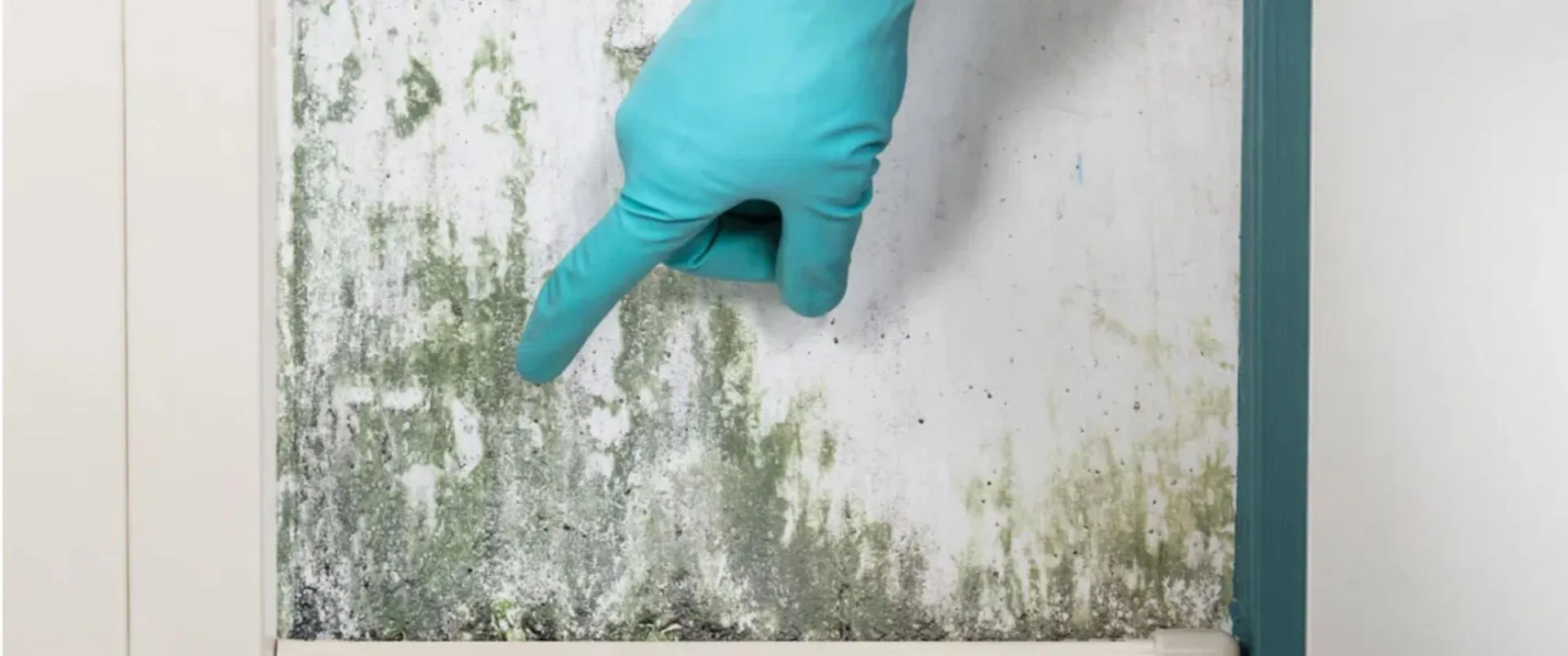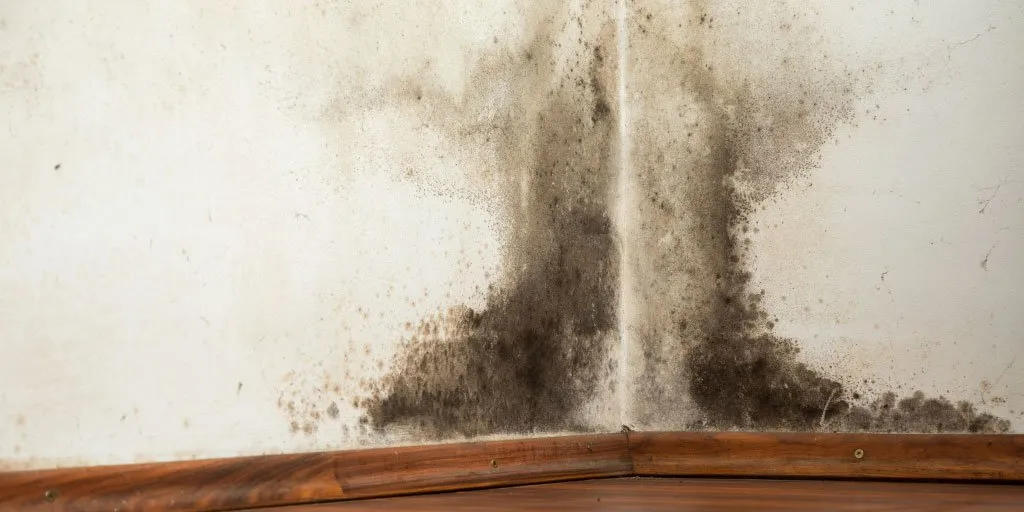
Post-remediation mold prevention plays an important role in stopping mold growth in your home and helping you live in a mold-free environment. It’s important to prevent high humidity levels, leaks, and poor ventilation since these allow mold to regrow. It’s important to understand how mold thrives in order to take the necessary precautions and live in a safe and healthy home. In this article, we will explore some proactive steps you can take after mold remediation to prevent mold from reappearing in the future.
Keep Your Home Mold-Free After Remediation
Following your mold remediation, you should feel a sense of relief knowing that your home is free of mold. As long as the moisture source sustaining the mold is no longer a concern, there should be no issue with post-remediation prevention. However, it is always better to be safe than sorry. To ensure that the mold doesn’t creep its way back in somehow, there are a few simple adjustments you can make to your everyday home maintenance.
Post Remediation Prevention
It could be the same area where mold previously was, or a new area of the home altogether. Regardless, you will want to do your best to minimize conditions that could sustain mold growth from your home. This may seem like an intimidating task, but it’s really quite simple if you know where to look. The main thing you will want to do in regards to prevention, is to eliminate excess moisture and humidity from your home.
Why Do You Need Post-Remediation Mold Tests?
Here are some of the benefits of testing for mold once remediation is complete:
- Provides you the assurance that mold issues have been resolved
- Ensures safe indoor air quality and protects you from harmful mold spores
- Saves you from costly repairs or repeating the remediation process in the future
Conducting Post Mold Remediation Tests
Even after your mold remediation process is complete, you need to ensure that any mold growth problems are completely resolved to prevent future issues. First, check for signs of moisture, stains, or visible mold growth on previously affected or damp areas. We also recommend that you measure moisture levels and carry out air quality tests under the supervision of professionals. If your indoor air quality has returned to normal and your moisture levels are low, mold is much less likely to grow back. Consider using HEPA vacuum cleaners and proper cleaning techniques to avoid the spread of mold spores.
Areas To Keep A Close Eye On
Besides the area that your remediation took place, there are certain areas of the home that are more susceptible to excess moisture than others. Post-remediation prevention should extend throughout the entirety of the home, not just the remediated area. You wouldn’t want mold popping back up in another spot, prompting yet another costly remediation.
Kitchen
While it may seem obvious, it is often overlooked how much excess moisture your kitchen can contain. Between cooking, doing dishes, and anything else that may give off steam, it is pretty much impossible to prevent moisture in the kitchen. You simply need to make sure that your kitchen is adequately ventilated so that the moisture in the air doesn’t become stagnant. Even your refrigerator can potentially attract mold if it is not regularly cleaned and maintained. While cooking or doing dishes, ensure that you have a fan running, or even just crack a window so that moisture has a way to get out of your home.
Bathroom
Similarly to the kitchen, it is very difficult to prevent moisture in a bathroom. Showering and bathing produce a lot of steam, which, without an escape route, can become stagnant within your bathroom. Since it is generally a smaller space than other rooms of the home, an open window or a vent fan should suffice to ventilate your bathroom properly. An extra step you can take is to squeeze the inside of your shower and dry it off with another towel to prevent mold, mildew, and hard water buildup.
Basement
Basements can easily become a breeding ground for mold and moisture issues if not properly maintained. After having remediation done in your basement, you will want to keep up with moisture prevention so that another issue does not arise. Employing proper ventilation in this area will be a huge help, as basements tend not to be properly ventilated. This is a big part of why basements experience so much excess moisture and humidity. The ideal humidity level for any part of your home is within 35% to 50%. At the recommendation of your mold remediation experts, you may want to employ the use of a dehumidifier.
Attic
While they may be completely different areas of the home, attics and basements are not so different. Attics tend to be dank, musty, and prone to excess moisture. Much like basements, attics would do well with a little more ventilation to get the air circulating. A dehumidifier may also benefit this area.
How Long Does it Take for Mold to Grow Back After Remediation?
Mold can grow back as soon as 24 to 48 hours after mold remediation. To prevent mold from growing back, you should find the underlying causes of moisture issues in your home and solve them immediately.
Maintenance and Prevention of Mold Growth After Remediation
Here are some of the most effective maintenance and preventive measures to avoid mold growth after remediation:
- Install an air conditioner and dehumidifier to maintain your home’s humidity levels
- Consider ventilation in damp areas such as kitchens, bathrooms, and laundry areas
- Check and repair water leaks immediately after discovering them
As a general statement for all areas, it is best to minimize excess moisture and humidity to the best of your abilities. The ideal humidity level inside any home is between 35% and 50%. If you find that your home experiences a lot of humidity, you may want to employ the use of a dehumidifier to mitigate that before it causes damage to the home.
Frequently Asked Questions (FAQs)
If this is your initial year of mold remediation, consider scheduling a post-remediation inspection every 3 to 6 months. However, after the completion of the first year, you will only need an inspection once a year unless you see any signs of mold growth.
Here are a couple of things that you should consider throwing out if they are affected by mold remediation:
- Carpets and rugs
- Books and papers
- Upholstered furniture
- Fabric items
- Wooden materials
- Ceiling tiles
- Soft toys
- Pillows
- Food containers
- Drywall
- Insulation
After remediation, you should look for signs such as musty odors, visible mold, water leaks, discoloration, warped walls, dark tile grout, and condensation. If you see any signs of mold regrowth, consider contacting your mold remediation service provider immediately to get rid of mold and mildew.




